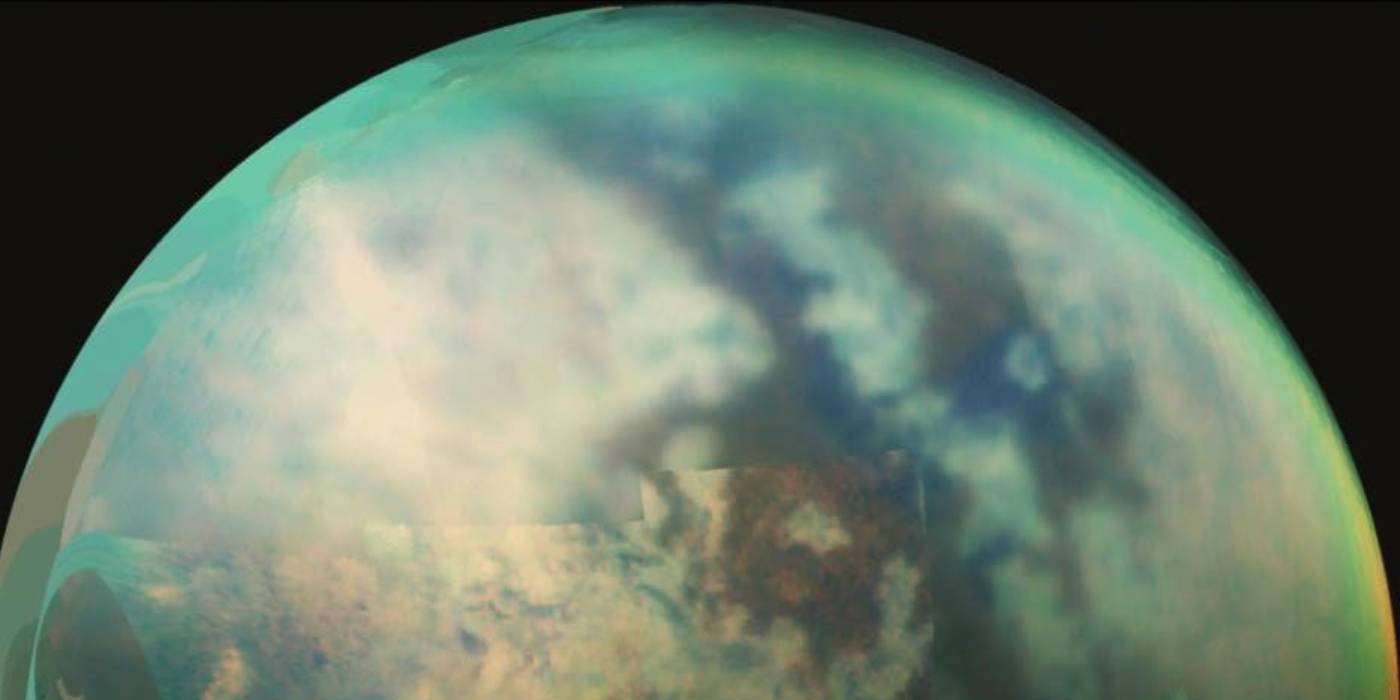
Saturn’s largest moon, Titan, is often described as one of the most Earth-like places in the solar system. It features vast river networks, expansive lakes, and a thick nitrogen-rich atmosphere. But these similarities end quickly. Titan's rivers are composed not of water but liquid methane, and organic sands rather than silicates shape its surface.
Despite this alien chemistry, planetary scientists expected to find one familiar landform on Titan: river deltas — triangular sediment deposits that form where rivers meet standing bodies of liquid. Yet scientists examining data from NASA’s Cassini mission uncovered a significant anomaly: the deltas were missing.
Investigating Titan’s River Systems
Dr. Sam Birch, assistant professor at Brown University and an expert in planetary geology, joined Franck Marchis on a recent SETI Live to explore this mystery. Dr. Birch has spent years studying Titan’s surface, beginning with early research as an undergraduate at Cornell University and later at NASA's Jet Propulsion Laboratory.
Dr. Birch and his colleagues analyzed over 60 river systems flowing into Titan’s seas using radar data from the Cassini spacecraft. They expected to find multiple deltas. Instead, they found only one possible example.
To verify their results, the team conducted a radar simulation experiment. They used Earth's coastlines and processed them through a model that mimicked Cassini’s radar system. The goal was to determine whether Cassini’s instruments could have detected Earth's deltas. The answer was clear: if deltas existed on Titan, Cassini would have seen them.
Hypotheses for the Missing Deltas
The absence of deltas on Titan has led to several hypotheses, each involving a different aspect of Titan’s geologic or climatic processes:
- Sediment availability: Titan possesses ample sediment. Cassini identified massive dune fields composed of organic particles, and the Huygens lander observed rounded pebbles on the surface
- Sediment transport efficiency: Models suggest that rivers on Titan are highly efficient at moving sediment, even more so than many terrestrial systems
- Wave and tidal effects: Titan’s seas may be subject to winds and tides that redistribute sediment along the coastline, preventing delta formation
- Changing sea levels: Fluctuations in sea levels could erase deltas before they can fully form
- Submarine sediment delivery: Titan’s river channels may plunge directly into deeper liquid seas, allowing sediment to settle below the surface rather than building outward
This last hypothesis involves a unique Titan-specific mechanism. On Earth, freshwater rivers flow into denser saltwater and form deltas on the surface. On Titan, the reverse may be true — methane-rich rivers could be denser than the hydrocarbon seas they feed, causing them to sink and bypass delta formation entirely.
Why Titan’s Deltas Matter
Understanding delta formation, or the lack thereof, on Titan has broader implications across planetary science. On Mars, ancient river deltas, such as those found in Jezero Crater, are key targets in the search for biosignatures (evidence of past or present life). These formations preserve layered sediments that may contain chemical traces of habitability.
Titan, too, is of astrobiological interest. It is rich in organic compounds and surface chemistry that mimics early Earth, minus the water. The mechanisms governing its river systems could teach scientists how environments evolve on cold, chemically rich worlds.
Looking Ahead: Dragonfly’s Role
In 2028, NASA will launch Dragonfly, a revolutionary mission to Titan. This rotorcraft lander will arrive in 2034 and explore Titan’s surface by air. It is the first mission specifically designed to fly in the atmosphere of another world. (Mars’ Ingenuity was a test mission to see if flight on other worlds was possible.)
Although Dragonfly will not land near Titan’s lone delta candidate, it will investigate an ancient impact crater where water, heat, and organics may have mixed in the past. This site may offer the best opportunity yet to examine prebiotic chemistry under conditions vastly different from Earth.
Dr. Birch is also a collaborator on the Dragonfly mission, describing it as “the most exciting thing NASA has done since Apollo.” The mission will carry instruments capable of analyzing surface samples, measuring environmental conditions, and probing the chemistry that could reveal how life might emerge in worlds beyond Earth.
Titan’s Cold Case Is Just Heating Up
The absence of deltas on Titan is not a scientific failure — it is a clue. It signals that Titan’s hydrology, sedimentology, and geochemistry operate under entirely different principles than Earth's.
As Dr. Birch stated during the interview, planetary scientists are now shifting from identifying features on Titan to explaining the mechanisms behind them. With Dragonfly on the horizon and new models emerging, the next decade will bring transformative insights about this methane-rich moon.
Understanding Titan’s surface processes not only deepens our knowledge of this distant world but also sharpens our ability to interpret data from other planets and moons — each with its own strange and instructive story.
To learn more, check out the research paper, watch the video below, or find Titan’s Missing Deltas? What Cassini Saw — and What It Didn’t on our YouTube channel.
News
Related News
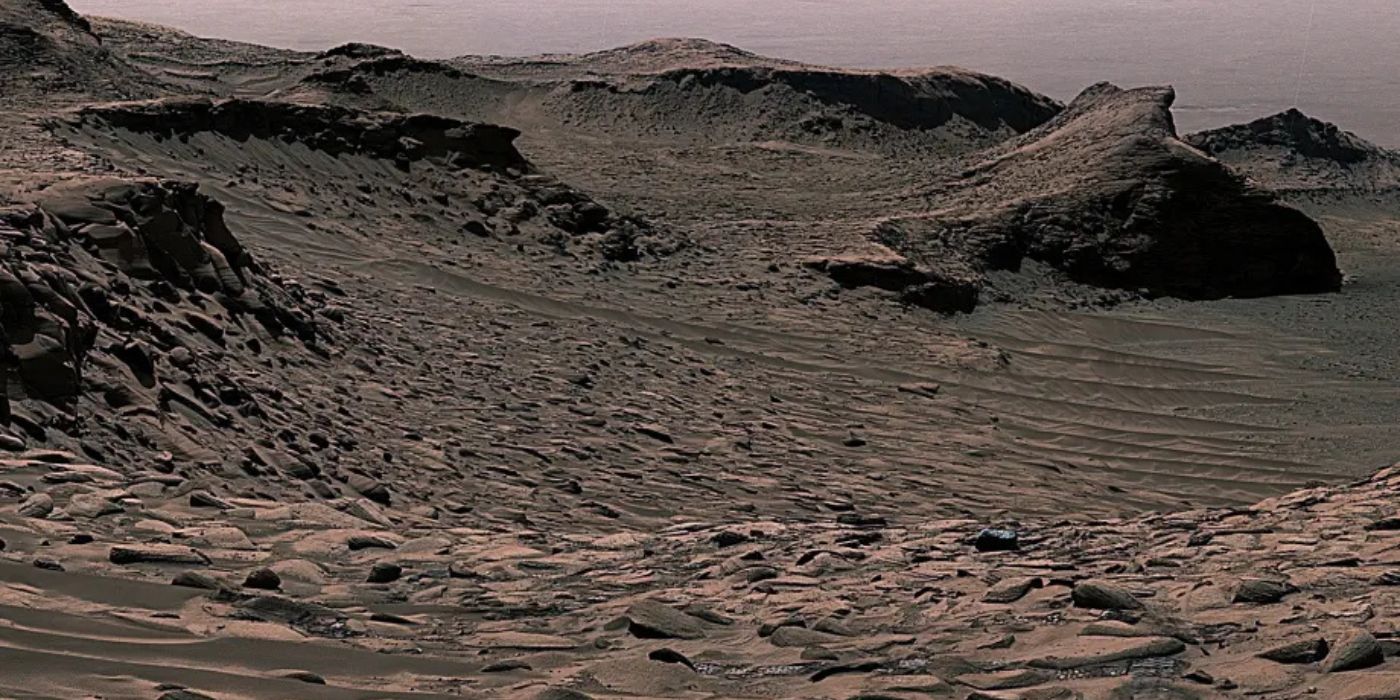
Mars’s Ancient Carbon Cycle: How Rocks on Mars Tell the Story of a Vanishing Climate
#SETI Live Blog #Mars #Astrobiology #SETI #Solar System
SETI Institute Names First William J. Welch Postdoctoral Fellow
#Press Releases #ATA #Fellowships #SETI #Hat Creek Radio Observatory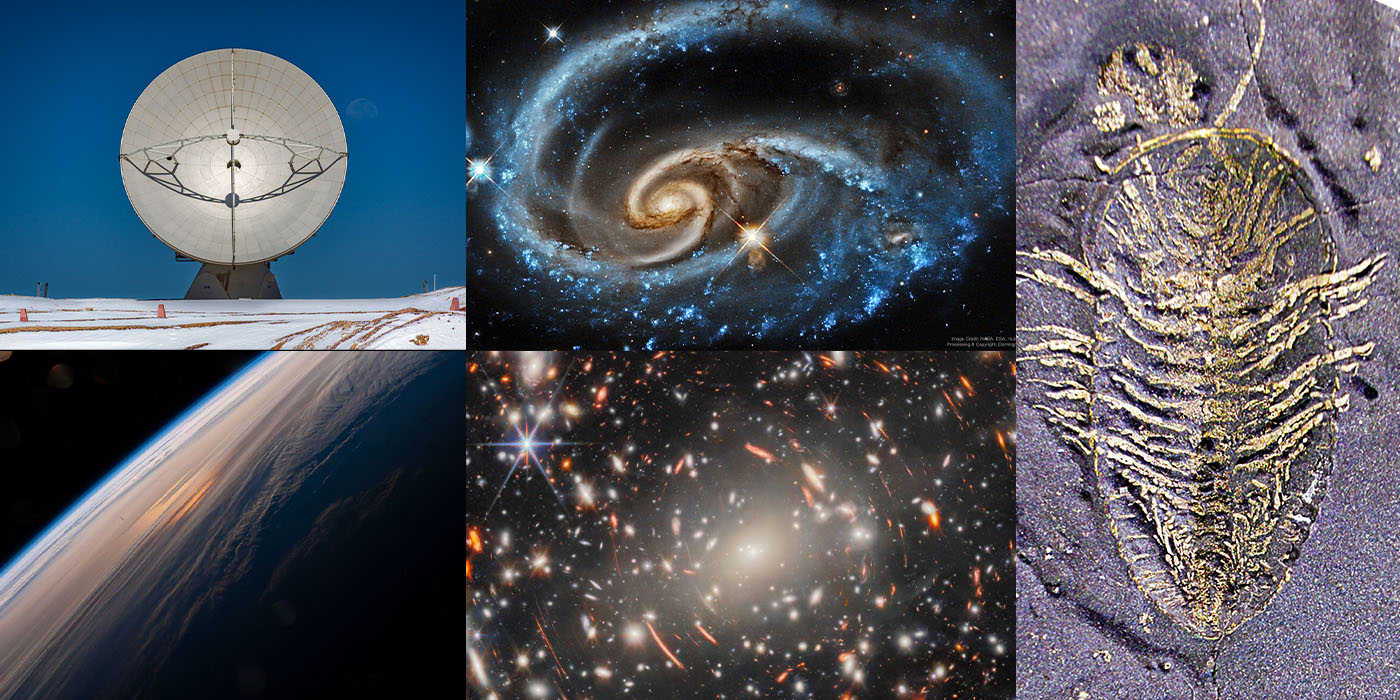
Planetary Picture of the Day - Week of June 02, 2025

Searching for Life from the Rooftops
#LaserSETI #SETI
Unusual Stellar Nurseries Near Our Galaxy’s Center Puzzle Scientists
#Press Releases #SOFIA #NASA Missions and Observatories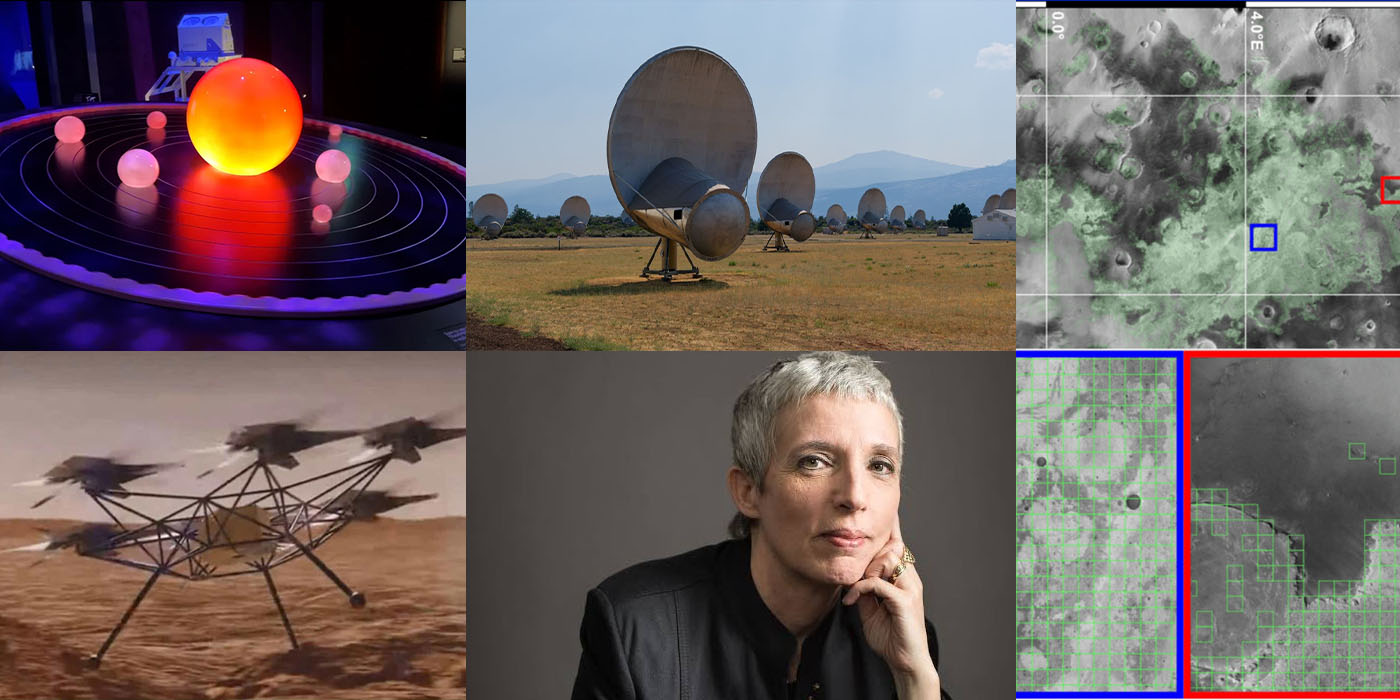
SETI Institute in the News: May Roundup
Research
Related Projects
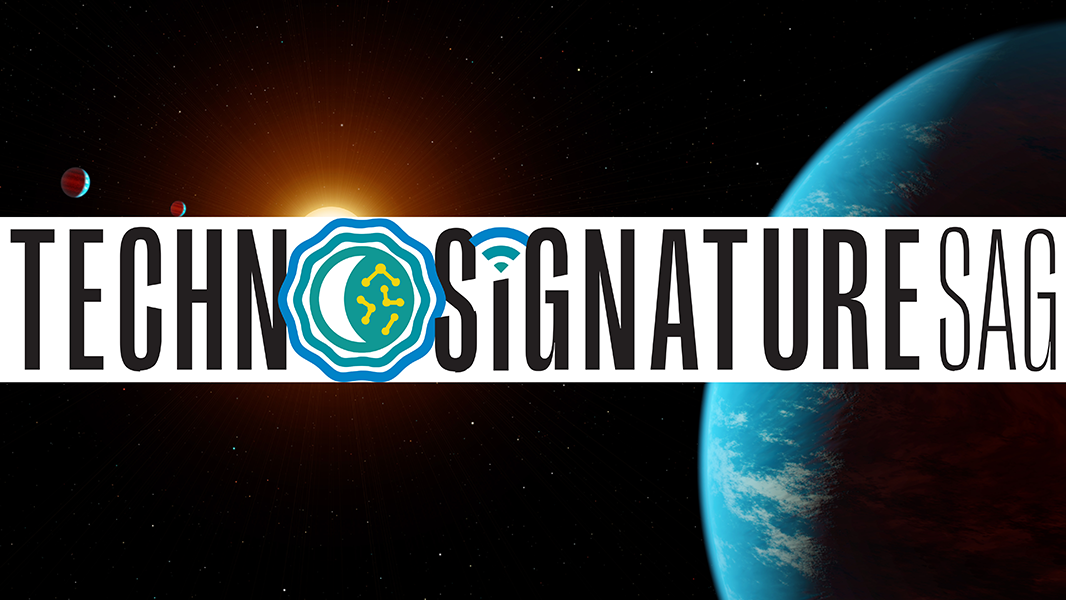
Technosignatures SAG
Technosignatures SAG is a group of volunteer experts who have been chartered by NASA to produce a report to NASA’s Exoplanet Exploration Program, containing the results of its analysis on how NASA can better integrate technosignature search into its portfolio. #Technosignatures SAG #Technosignatures
GNU Radio and SETI
GNU technology could revolutionize the development of receiving equipment for SETI (and for radio astronomy in general.) It promises to speed the design of new receivers, and to allow scientists to quickly change how data are analyzed and displayed. #GNU Radio #Radio Astronomy
LaserSETI
SETI Institute’s LaserSETI program is building a network of instruments to monitor the entire night sky. This network represents an unprecedented growth in the continuing search for manifestations of sophisticated intelligence beyond Earth. #LaserSETI #Optical SETISupport the
SETI Institute
Scientists are getting closer in their search for life beyond earth. But with limited federal funding for the search for extraterrestrial intelligence, supporters are the reason cutting-edge scientists can keep their eyes on the sky.
)
